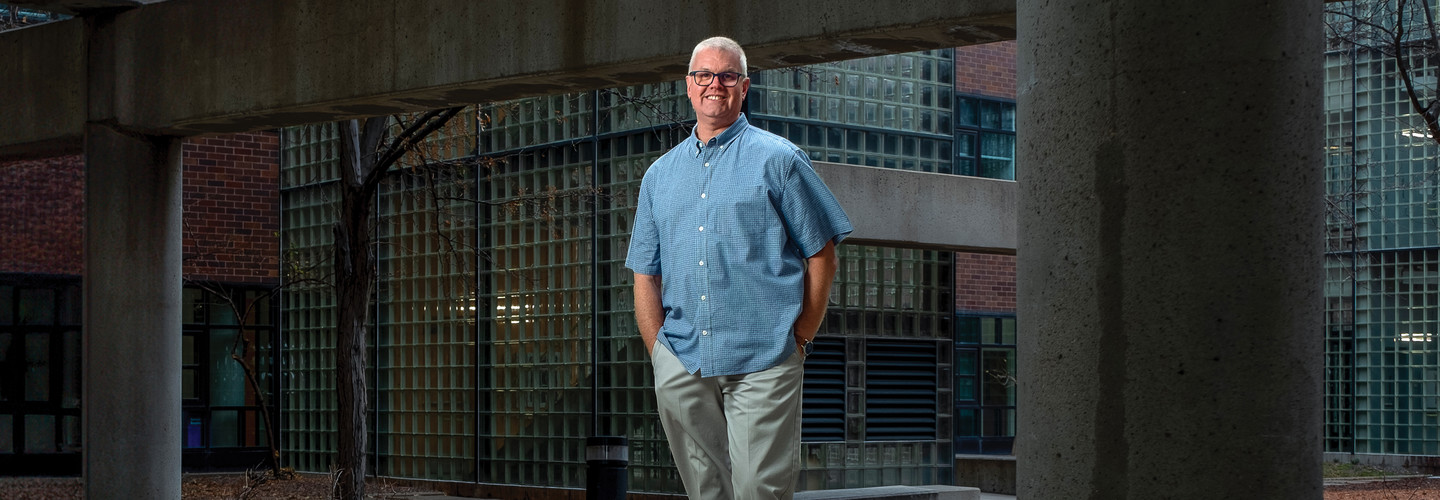EDTECH: What are some of the things you’ve witnessed since CASTLE’s founding?
MCLEOD: Technology continues to move quite quickly, while in schools it moves much more slowly. That creates what I call relevance gaps, which are the gaps between what our communities, graduates and students in society need from us and what we’re able to provide in schools.
And whenever I think about school leadership decisions, technology decisions and instructional decisions through that lens, I always wonder, are we exacerbating those relevance gaps with those decisions, or are we trying to close them?
EDTECH: How can schools close those relevance gaps in a world with fast-changing technology?
MCLEOD: Technology and tech tools will always change, but the question is, are you going to tap its power? Yes, technology is complex and might be causing us some pain right now, but the answer is not to ignore it or block it or filter it out. And yet, we still have a lot of school districts that do that rather than helping students and educators realize technology’s potential. That is a mindset and approach that can be changed.
RELATED: Learn how schools can swipe 3 powerful ideas from Amazon, DoorDash and Venmo.
EDTECH: How do we encourage more school leaders to see technology’s potential?
MCLEOD: The rapid emergence of generative artificial intelligence over the past year is very instructive. You see ChatGPT causing waves of both interest and alarm in education. There were a lot of people who immediately jumped to things like, “Oh, that’s cheating! That’s plagiarism! Students will never think again!”
However, AI is the worst that it ever will be right now, and it’s only going to get better and more powerful. We need to spend some time talking about it and showing people what AI can do for teachers and students.
LEARN MORE: How ChatGPT is impacting innovation in K-12 education.
EDTECH: How important is it for school leaders beyond the IT staff to have a good grasp of technology use in education?
MCLEOD: Keep asking the question, technology for the purpose of what? How you answer that question depends on your learning model. If your learning model is about teachers transmitting low-level knowledge with students regurgitating back factual recall, then your technology adoption and decision-making will revolve around that learning model. It’s the classic grammar school approach.
If your vision for learning is one of student empowerment and global connection, then your technology decisions will revolve around that. And I think what we see repeatedly in school districts is that the technology vision follows the learning vision.











